Welcome to part 2. In part 1 of the series I talked about the 3 Valuable Marketing elements to consider in the process of selling. Attraction, Conversion and Consumption. Make sure to read about it here first.
The whole problem with today’s world, more than probably any time in history, is that there’s so much confusion. There’s so much intimidation. You can literally open up your inbox and you have to do email and website and sales letters and create ebooks and probably somehow get a Kindle book and somehow get all your Facebook stuff up and update your blog and do some podcasts… You get the idea. The intimidation level is extremely high.
There are two techniques to sell to people. One is through intimidation and the other is through empowerment. If you intimidate someone enough, they’re scared enough to buy everything from you because they think that somehow it’ll solve their problem. Of course, because the whole premise is to intimidate you, whatever you buy will then continue to intimidate you so that you buy more and more. It’s like a drug habit.
The other way, which is empowerment, is another drug habit in the sense that you Empower someone and they were able to solve their problems, so they’ll come back anyway.
Think of it like this.
Say you cook and serve a great meal. You can Empower someone and give them that great meal, or you can force them to eat it by intimidating them. That’s really what’s happening in the sense that. You can intimidate people into buying and it’s very effective. In fact, that’s the tool that’s used all the time online, to just scare the heck out of you so you have to buy it.
Then there’s empowerment, where you teach people how to do stuff and they’ll buy anyway. I don’t know whether we could call anything good or evil, but, at least our company, we choose empowerment.
We choose to tell people how to do stuff so that they can do it themselves.
What’s the importance of the third conversion, and why should someone not let the customers skip the sequence?
Say you go to a party and have a drink. Supposing you’re a decently big drinker, if you drink one drink, then that’s fine. If you drink a second of that same drink, there’s a very good chance that you’ll drink the same drink the third time over.
The same thing applies to a restaurant. Say you go to a restaurant and you sit in a seat, and you then go the next time and you sit in the same seat, and then the third time you almost invariably will go and sit at the same seat. You’ll always find that people have their favorite seats in restaurants and they have their favorite meals.
And of course we have habits like coffee, where a person will start to have their first coffee, then they have their second coffee, then the third coffee. What’s happening is that by the time the person gets to the third product or the third service or the third time in the restaurant, they start to kind of own that. It starts to become a Habit .
[feature_box style=”14″ only_advanced=”There%20are%20no%20title%20options%20for%20the%20choosen%20style” alignment=”center”]It’s very critical for people to go through getting to be very comfortable with you and go through one conversion, the second conversion, and the third conversion.
[/feature_box]If you’re someone who is truly interested in the well-being of your customer, then you have to give them less, not more. This is a very tricky situation, because you cannot promise less. If you promise less, the customer is going to go some other place because there’s nothing here.
“You’re saying you’re going to give me 10 pages and it’s going to cost me $20,000, or you’re going to give me 10 pages and it’s going to cost me $2,000.”
What you’re really doing is you’re still promising the whole enchilada, but you’re restricting it. We do this right effectively on our courses where you might get 300 to 400 Pages worth of notes and stuff, but there are very strict instructions on what to read and when to read it. In effect what happens is we tell people, “here are all the bonuses, here’s all the stuff, and don’t look at anything.”
[order_step_graphics style=”2″ step1_text=”Module%20One” step2_text=”Module%20Two” step3_text=”Coming%20Soon” selected=”1″]In fact what we tend to do is we use software to show them the stuff but do not give them access to it till a specific date. Then on that specific date that clicks through and then they’re able to access it.That’s the kind of thing. You have to have everything, because that’s what the customers are buying into, but you don’t have to give them everything to start with. You can kind of move it down.
Especially in a course that you’re driving, in a workshop that you’re driving, or in a live event this is more effective than it would be in a product-oriented environment. However, even in a product environment you can isolate. You can tell the customer:
“this book consists of 200 Pages. Here is what you need to do. Put the book down, open up the little booklet that comes with the book, and read that first.”
That could be just 15 pages and they can do that right away, so that leads them to the next step.
Give one instruction at a time. Really that’s the kind of thing that you have to do. You have to say, there are 50 things that this client has to do, but they can really only handle one instruction at a time.
One of the best examples of consumption is probably Apple. I mean, if you want to look at say the iPhone, think of what you have to do to start up an iPhone. When the iPhone first came out compared to any other phone in the market you pick up the competitor’s phone and there’s like 15 or 20 buttons you could possibly press.
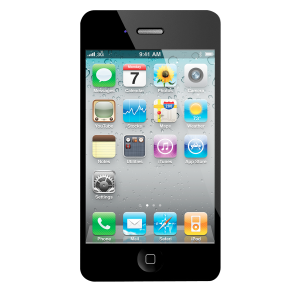 But with the iPhone you just have to press one button. Then when you press that one button you have to slide one thing, so it goes through increased complexity. Then when you open it up for the first time you only have eight or nine buttons that you can choose from and very quickly look through. Then as you get a little more savvy you can download more apps and put them in categories and stuff.
But with the iPhone you just have to press one button. Then when you press that one button you have to slide one thing, so it goes through increased complexity. Then when you open it up for the first time you only have eight or nine buttons that you can choose from and very quickly look through. Then as you get a little more savvy you can download more apps and put them in categories and stuff.
What Apple does is they work very hard at what they would call user interface, but really it’s consumption. It’s making the customer do one tiny thing, one very small step at a time to advance them to the next step.
Apple is an interesting example. They pretty much do the sequential selling to people as well. They get you started with the free iTunes software, then add more complexity as you go along. They escalate and de- escalade.
The best example of that is dinner. When you go out to dinner you start on with your starters. You have wine, you probably have some garlic bread, and then you start to escalate. You start to have maybe the main meal, and then you start to de-escalate from there, so you’re going down. You then start to have some dessert and some coffee. What you’re doing is you’re almost climbing up the mountain, then down the mountain, and apple does that very effectively. You start off with something free like iTunes. Then maybe you’ll get an iPod or an iPhone or something smaller, which seems reasonable…
What happens with this escalation and de-escalation is that you kind of go all the way up, and then you come down again, buying smaller products, and then a whole new Range starts again.
So anyway, please read this carefully several times if need be. And, most important, implement it and share in the comments below your experience.


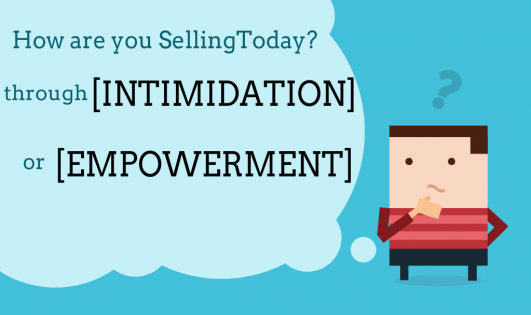
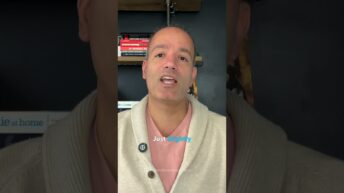
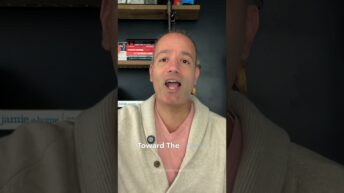
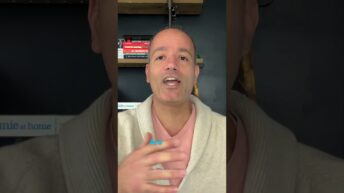
Add comment